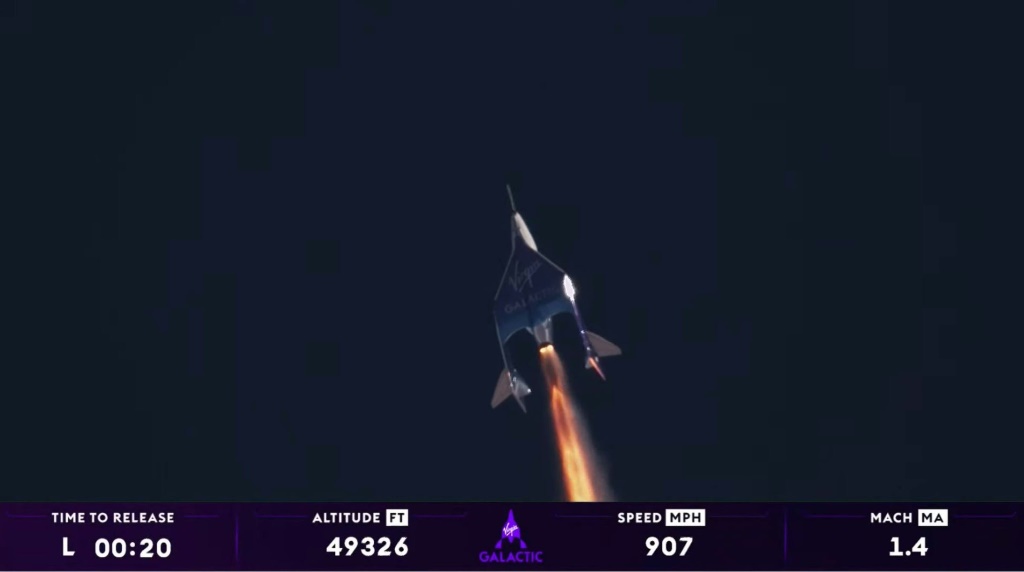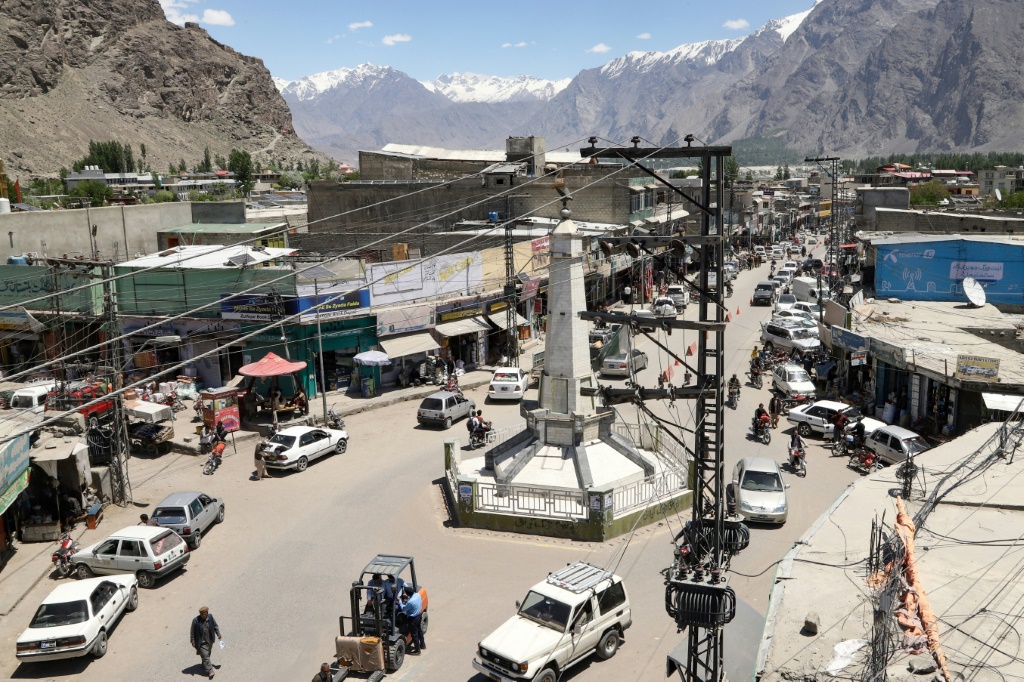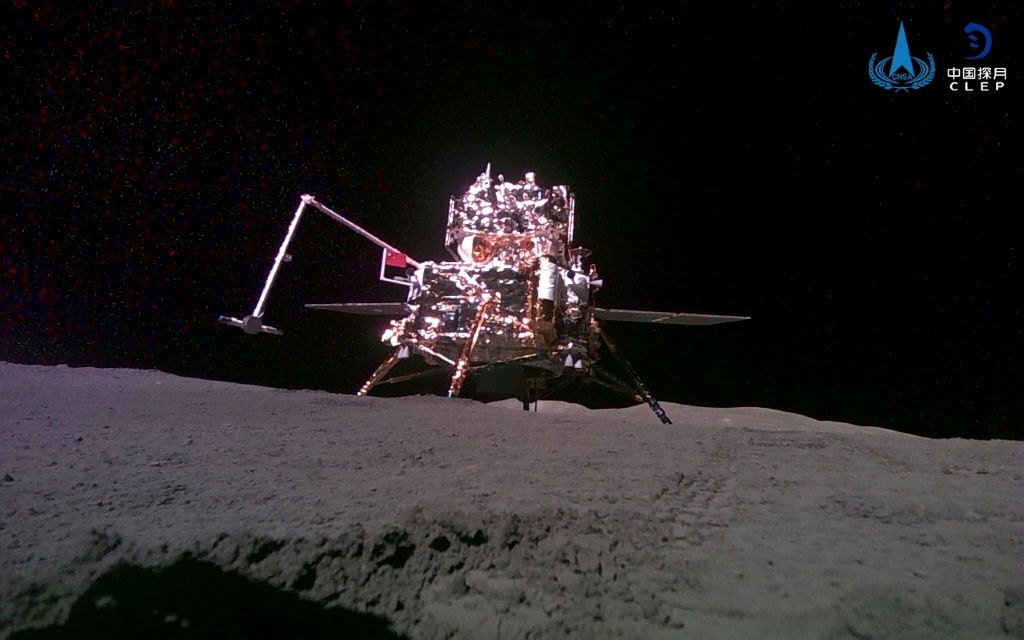Source: AFP
Virgin Galactic on Saturday successfully completed its final space flight before going on a two-year hiatus from commercial operations to upgrade its fleet, as the space tourism company finally seeks to turn a profit.
“Galactic07 returns to terra firma, now as astronauts!” the company said on X, formerly Twitter, referring to a team of two pilots and two passengers. “Our pilots, crew and spacecraft have landed safely at Spaceport America, New Mexico.”
A huge transport plane took off from the runway at 8:31 am. hour mountain time and climbed to an altitude of about 44,500 feet (13,500 meters) in about 50 minutes.
After that, he released a space plane under his wings that flew at supersonic speed to the edge of space, where the passengers could enjoy a few minutes of weightlessness and admire the curve of the Earth.


Read also
Virgin Galactic is set for its final space flight before a two-year hiatus
It touched down on the same runway at 9:41 a.m., having accelerated to Mach 2.96, nearly three times the speed of sound.
One of the privates was Tuva Atasever, a Turkish space agency astronaut whose position was outsourced through another space company, Axiom, while the names of the other three were revealed only after landing.
They were Anand “Andy” Harish Sadhwani, a propulsion engineer at SpaceX, New York real estate developer and airplane pilot Irving Izchak Pergament and Italian investment advisor Giorgio Manenti.
During the flight, Atasever wore a custom-made headgear with brain activity monitoring sensors to collect physiological data, a dosimeter and two commercially available insulin pens to test the ability to deliver accurate doses of insulin in microgravity, Virgin said in a statement.
Last flight before layover


Read also
Pakistan’s electricity crisis is exacerbated by mountain tourism

Source: AFP
It was the seventh commercial flight for the company founded in 2004 by British tycoon Richard Branson, in an emerging suborbital tourism market where its main competitor is Blue Origin, owned by Amazon billionaire Jeff Bezos.
It was also the final flight for its current spaceplane, VSS Unity, which it plans to replace with two next-generation “Delta Class” craft under construction in Arizona, with test flights expected in 2025 before commercial operations in 2026.
The future of the company is at stake as it seeks to finally enter the black. Virgin has been burning through cash, losing more than $100 million in each of the past two quarters, with its stock standing at $867 million at the end of March.
It also laid off 185 people, or 18 percent of its workforce, late last year. Its shares currently trade at 85 cents, up from $55 in 2021, the year Branson himself took off, garnering global headlines.


Read also
China sees the commercial sector as the next frontier in the US space race
Although similar in appearance to the Unity, Delta’s ships will carry six passengers, compared to the current four. Seat prices will be set at $600,000 and up to 125 flights a year are planned, the company says, hoping to turn its fortunes around.
Some, however, are skeptical.
“Virgin Galactic investors can look forward to owning a stock that will generate essentially zero revenue for the next 18 to 30 months — and that’s if all goes as planned and the Delta program isn’t delayed,” The Motley Fool. to investors this week.
Blue Origin, which launches on a small suborbital rocket, resumed crewed flights in May after its own hiatus of nearly two years, although it ran into an anomaly with one of its three landing parachutes failing to fully inflate, which could to delay the next shipment.
Source: AFP


